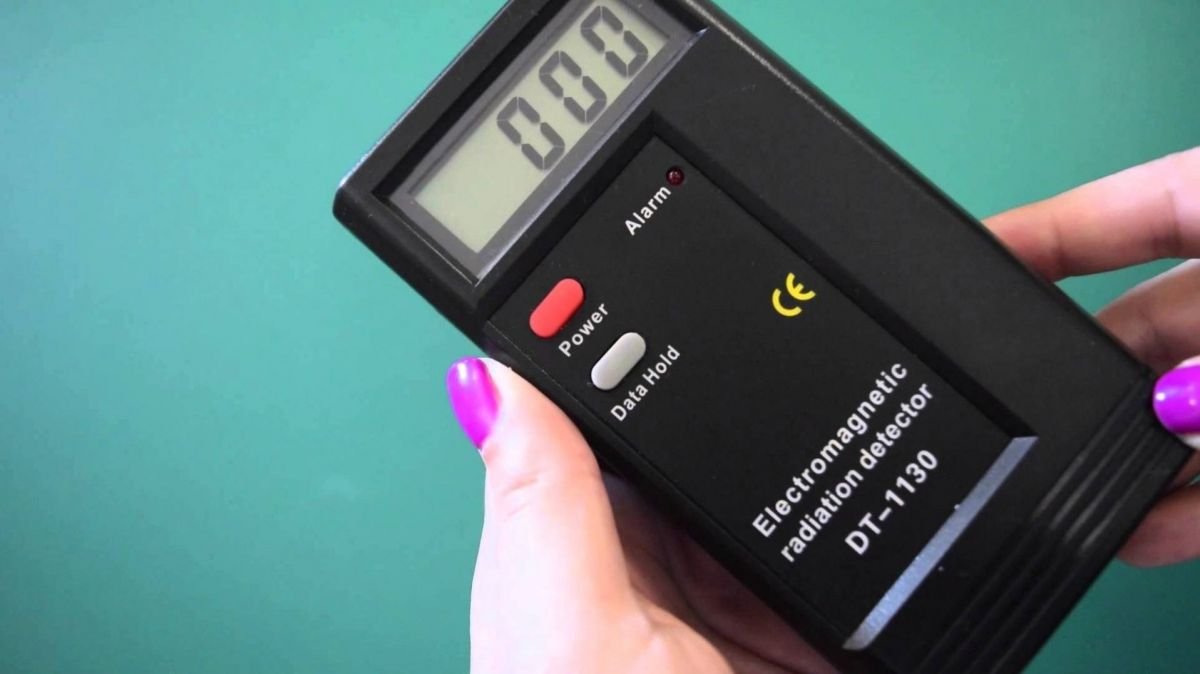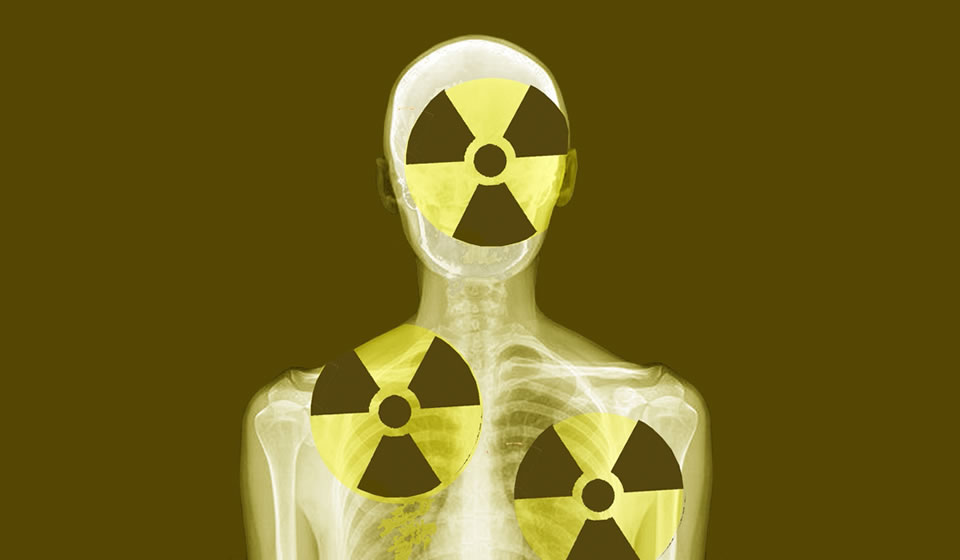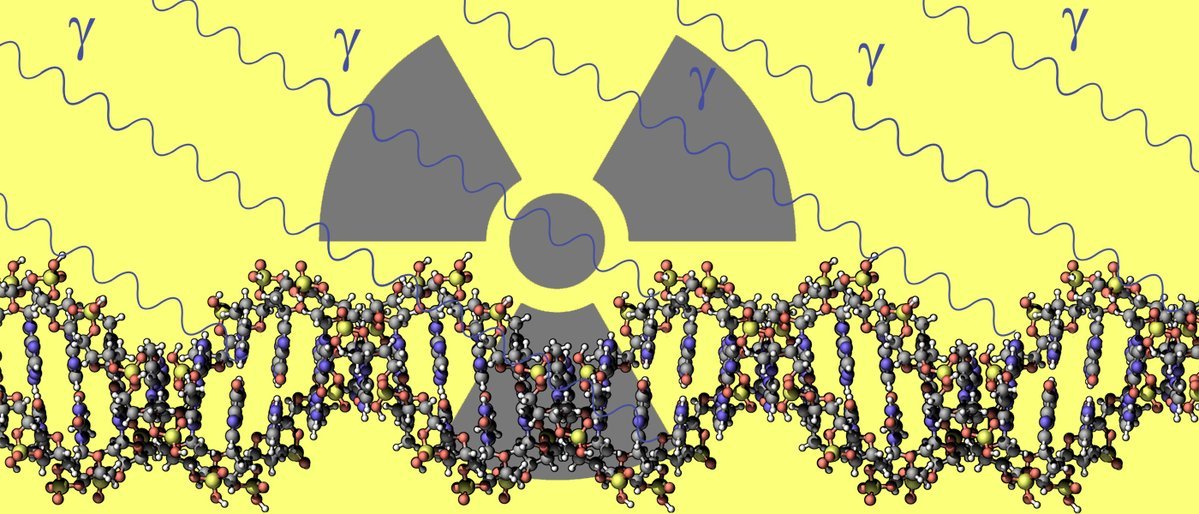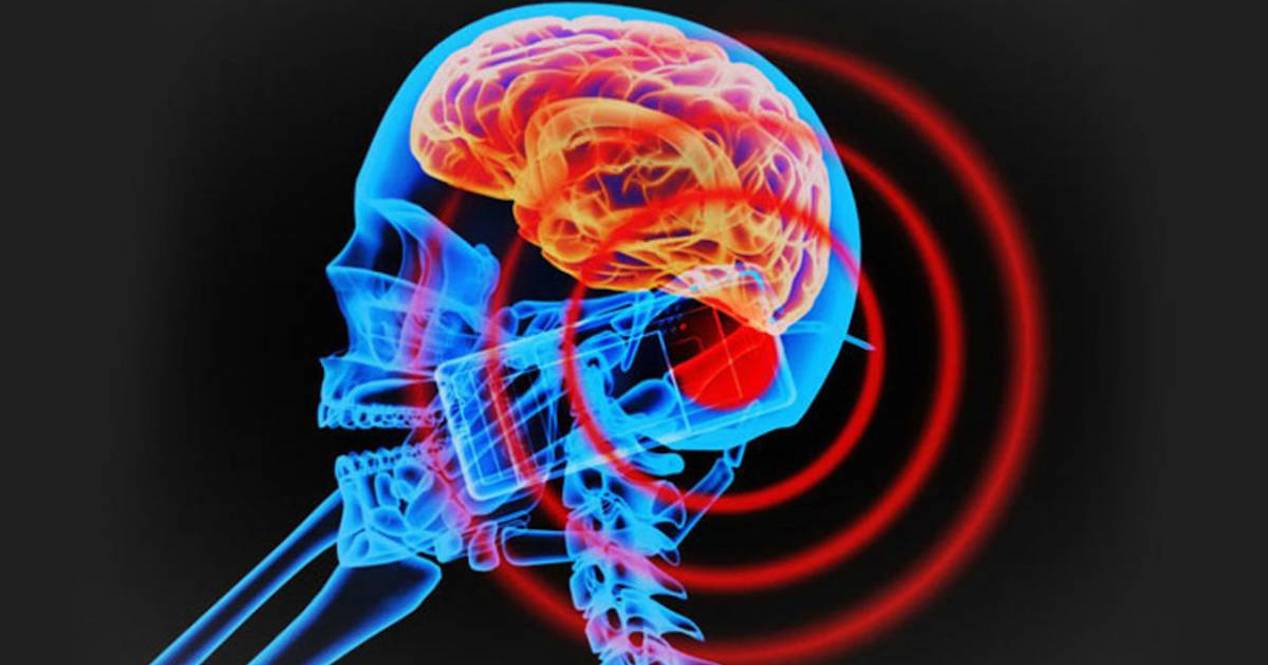Did you know that radiation is an emission that is natural in the environment in which we live? Well, it is, and it can also be produced by activities related to industry and even to medical diagnostic processes. You want to know how radiation is measured?

X-rays on the body
Normally, X-rays are used in diagnostic processes in medicine. When they pass through the human body, a part of them is absorbed and the one that crosses is what creates the X-ray images. The one that manages to pass through the body does not cause an increase in radiation in patients, but the one that is absorbed does cause an increase, for that reason pregnant women should not have x-rays, due to the effects they produce and we must know How is radioactivity measured?
The measure of the radiation that the whole body possesses is called the effective dose, and its unit of measurement is the millisievert (mSv). Doctors use this effective dose, when they refer to the probable secondary effects that they produce, and take into account the sensitivity to radiation of the organs that support it.
natural ionizing radiation
All human beings are exposed to natural sources of radiation. According to the latest scientific estimates, the average person in the United States suffers an effective dose of about 3 mSv per year from natural radiation, which includes cosmic radiation from outer space, as well as Characteristics of Solar Radiation.
Likewise, there are variables such as the altitude of the place where they live, because people who live at high altitudes receive about 1,5 mSv more per year than people who live in areas close to sea level. The largest source of radiation inside a home is from radon gas, which is about 2 mSv per year.
How is radiation measured?
How is the amount of this radiation measured and controlled, that is,how radiation is measured? It is carried out with instruments called dosimeters. And there is a great variety of them, so it is important that you can choose the one that is most suitable, according to the use for which it will be used. Therefore, we are going to explain that there are two large groups:
- Personal dosimeters, which are used when it is necessary to measure the dose received by a specific person. There are several kinds of dosimeters for personal use, ring type, for the wrists or for use on the lapel.
- Area dosimeters, which are used when it is necessary to know the doses received by people in places or jobs.
History of radiation measurement
Since the most remote times, human beings have felt the need to measure, which is why they were concerned with creating instruments for that purpose, as well as reaching an agreement on the uses for which these measurements could be used, an activity that it was not easy at all. Fortunately, we now have an international system of units of measurement.
Galileo Galilei already said that he was an Italian astronomer, philosopher, mathematician and physicist, whose influence on the modern scientific revolution is undeniable. He came to affirm that it was necessary to measure what was measurable and try to measure what was not yet. You just have to look at the history of physics in order to verify the desire for measurement that man has always had.
When a natural phenomenon is observed in general, it is thought that the data obtained are incomplete, unless quantitative information has been obtained, that is, that the corresponding measurement has been made for what there is to know how radiation is measured. To obtain information that is considered reliable, the measurement of a physical property is needed.
Measurement is a practice through which we have the ability to assign a number to a physical property, which is produced as a result of the comparison of said property with another similar one that is taken as a pattern, which is what we are going to call measurement. unit of measurement.
We want to show you by means of a comparison how radiation is measured. If a room has a floor covered with tiles and we take a tile as a unit of measurement, by counting the number of tiles, and adding their measurements, we will be able to know what the surface of that room is. The measurement of the same physical magnitude, or surface, can give rise to the appearance of two different quantities, because different units of measurement can be used.
For this reason, it is necessary to standardize or determine a single measurement unit pattern for any magnitude, so that the data originating from any measurement can be understood by all people.
Thus, ionizing radiation is not an exception to the need for measurement, so it is vitally important to define which magnitudes are going to be used in a standardized way and to establish unique units for each of the aforementioned magnitudes.
Ionizing radiation is odourless, tasteless, silent, colorless and invisible and cannot be touched, therefore definitely cannot be detected by normal human senses. However, it is possible that they can be detected and measured by different processes as described in a future section of this post.
As it is not possible to detect them through our natural senses, this could lead us to think, wrongly, that they are non-existent or that they cannot produce any biological effect on us. However, it is normal that we can recognize their existence due to the effects they produce, since they have a great capacity to ionize matter and be absorbed by it, so it is necessary to know ¿how is radiation measured?
From there arises that it is necessary that they be quantified, which derives from the realization of a number of effects that are harmful to living organisms. It has long been known that high doses of ionizing radiation are capable of causing injury to human tissue. In fact, just six months after the discovery of X-rays by Roentgen in 1895, the first harmful effects of ionizing radiation were already described.
So that you may have knowledge to be able to interpret the radiation measurement unit with which it may be related, we indicate that the magnitudes and their equivalent units most used to quantify ionizing radiation and radioactive compounds are:
Quantity Physical process measured SI units
Activity Nuclear decay Becquerel (Bq)
Absorbed dose Energy deposited Gray (Gy)
Equivalent dose Biological Effect Sievert (Sv)
Effective Dose Risks Sievert (Sv)
Now about What units is radiation measured in?, each unit has its multiples and submultiples. In the international system (SI) the submultiples that we will use the most will be:
- milli(m) = 10-3
- micro(µ)= 10-6
- nano(n)=10-9
radioactive activity
It is normally measured in becquerels (Bq), which is a standard derived from the International System of Units, and is the equivalent of one nuclear disintegration per second. The becquerels will tell us what is the speed at which a radioactive substance disintegrates. Therefore, the greater the number of becquerels, the faster an element will nuclear decay and, therefore, the more active the element would be.
However, the activity or number of becquerels will not provide us with information about the probable effects that a radiation source may have on our health. A source in which we can measure about 100.000 million Bq can be totally harmless, if it has been shielded or away from our body, or it can cause serious damage to our health if we ingest that element by accident.
Damage that can be caused by exposure
In order to be able to know what are the probable effects that will be observed in our health, due to exposure to ionizing radiation, it is necessary that we can know the notions that inform us about the portion of energy that is absorbed by the tissues and allows us to be able to quantify the biological damage that may be caused. That is, we must be aware of the radiation dose received.
Ionizing radiation manages to interact with matter, leaving energy in it, causing ionizations and, for that reason, it will produce modifications in the molecules of the cells. The biological damage that is the product of ionizing radiation is related to the amount of energy that has been deposited per unit mass, which is called a magnitude known as the absorbed dose.
As we already know, energy in the International System is measured in Joules (J) and mass in Kilograms (Kg), therefore, the absorbed dose must be measured in J/Kg, which is a unit known by the Gray unit name (Gy).
Another fact that must be taken into account is that the biological damage that occurs due to radiation is not only related to the amount of energy that was deposited in a tissue or organ, but also influences the type of radiation. . Not all types of radiation produce the same amount of ionization as they pass through living matter.
For example, alpha particles cause a higher ionization density in the matter they pass through than gamma rays, for the same amount of absorbed dose. It is known that the radiations that cause a higher ionization density are more harmful even if the doses are equal.
The Equivalent Dose is what is defined as the magnitude used to express the amount of energy that can be deposited per unit mass, which is the absorbed dose, and the kind of radiation that gives off said energy. This magnitude can also be measured in J/Kg, but is called Sievert (Sv).
Finally, it is known that the damage that ionizing radiation can produce in a living being, in addition to obeying the absorbed dose and the type of radiation, is also linked to the tissue or organ that has received the irradiation.
The reason for this is that not all the tissues of the human body have the same sensitivity to radiation and, therefore, not all of them will contribute equally to the damage that exposure will cause to our health. In order to take this data into account, the Effective Dose magnitude has been created, which, like the equivalent dose, is measured in Sv (J/Kg).
So that we can understand all these magnitudes, we suggest that you imagine that you are under a hail storm. The amount of hail that has fallen is what is going to represent the radioactive activity, but not all the hail that falls is going to impact us. Those that hit us are the ones that are going to cause damage, therefore, the number of hailstones that hit us represents the amount of absorbed dose.
Now, the damage that hail can cause us will not only depend on the amount of hail that hits us, but its size must also be taken into account. Therefore, the greater the amount of hail that hits us, the larger the hail, the more damage it will cause us. The amount of hailstones that reach us and their size is what, for ionizing radiation, will indicate what the equivalent dose will be.
Finally, if we really want to know the damage that the hail will cause, as well as the number of hailstones that have hit us and their size, we must also assess which part of the human being's body has been impacted, since not all of them have the same sensitivity. Well, all these are the considerations that must be taken into account when we talk about ionizing radiation and the tissues of our body, and for that reason it is necessary to use the measure of the effective dose.
That is, the magnitudes that are related to the dose of ionizing radiation are:
- Absorbed dose: energy deposited per unit mass, measured in Gray (Gy)/(J/Kg).
- Equivalent dose: absorbed dose multiplied by a weighting factor that takes into account the type of ionizing radiation that produces the exposure, which is measured in Sievert (Sv)/ (J/Kg).
- Effective dose: sum of the equivalent dose in each organ/tissue, multiplied by a weighting factor that takes into account the different sensitivity of organs and tissues to ionizing radiation and is measured in Sievert (Sv)/(J/Kg)
There is a magnitude that will also influence the effect that ionizing radiation will produce on our health and it is the Dose Rate, which will indicate the radiation dose that has been received per unit of time. It is scientifically known that a dose received over a long period of time is less harmful than if the same dose is received but only in a period of seconds or minutes.
How do we detect them?
As we have already indicated before, our senses are unable to detect ionizing radiation. However, there is currently a wide variety of instruments with which ionizing radiation can be detected and measured, which you probably know as radioactivity counters and dosimeters.
But, not all dosimeters use the same method to measure ionizing radiation doses. Several of the instruments used are:
A pen dosimeter, named for its shape, which uses the electrical charge and voltage of a capacitor to detect and measure ionizing radiation. These dosimeters can record gamma and X-ray radiation as well as beta radiation.
Film dosimeter, which uses a sheet of film that darkens depending on the lesser or greater amount of radiation it can perceive.
Thermoluminescence dosimeters, which use special crystals in which X-ray or gamma ray radiation produces microscopic changes, which result in visible light when absorbed radiation energy is released by heating the crystal.
Digital dosimeters use electronic sensors and process the signal, showing on a screen the dose of radiation received. And they are configurable so that they emit a sound when the level of radiation received is dangerous.





